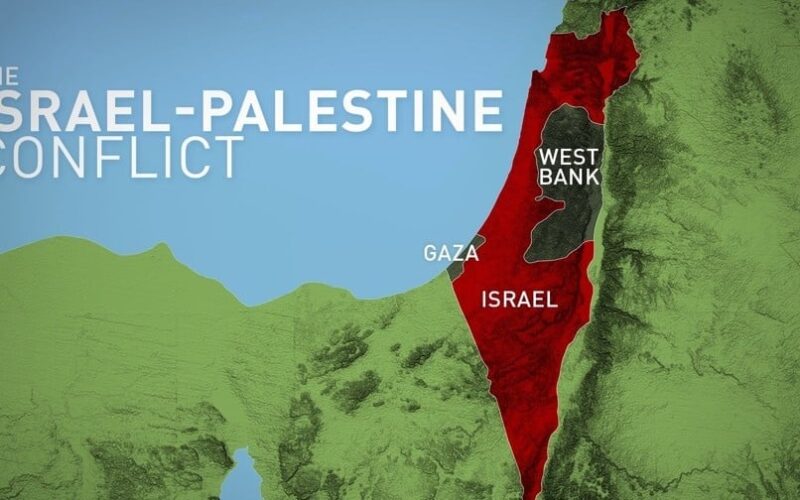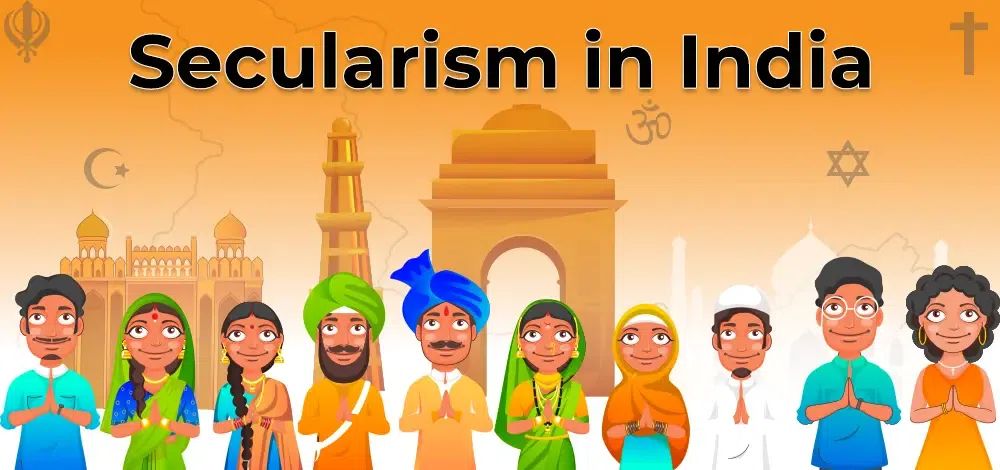Introduction:
The Israel-Palestine issue is a long-standing conflict centered around competing national and territorial claims in the Eastern Mediterranean. It involves the State of Israel, established in 1948, and the Palestinian people who seek to create their own independent state. The core of the conflict lies in disputes over borders, sovereignty, the status of Jerusalem, and the rights of Palestinian refugees. The conflict has led to decades of violence, negotiations, and international efforts to find a lasting resolution.
Historical Context:
The Israel-Palestine conflict’s historical context is deeply rooted in competing claims to the same land. It evolved from the late 19th-century Zionist movement, which aimed to establish a Jewish homeland in Palestine. British control under a mandate from the League of Nations after World War I further complicated the situation. The United Nations’ 1947 partition plan proposed separate Jewish and Arab states but was rejected by Arab leaders. In 1948, Israel declared independence, leading to war with neighboring Arab states and Palestinian displacement. Subsequent wars, territorial disputes, and clashes have shaped the conflict, making it a long-standing and deeply complex issue.
Impact:
The Israel-Palestine conflict has had far-reaching impacts, including humanitarian crises, regional instability, diplomatic challenges, geopolitical influence, security concerns, and economic consequences. It also holds cultural and religious significance and has a lasting psychological and social impact on the affected populations. The conflict diverts resources and remains a contentious issue with a significant influence on global public opinion.
Humanitarian Issue:
- Displacement: Many Palestinians and Israelis have been displaced from their homes, leading to a continuous cycle of forced migration.
- Loss of Life: The conflict has caused the loss of numerous lives, including civilians and children, leading to a tragic loss of human potential.
- Economic Hardships: The ongoing conflict has disrupted economic activities, hindering access to basic necessities, employment, and economic stability.
- Healthcare Challenges: Healthcare infrastructure in the affected areas has suffered, limiting access to medical services, which is particularly crucial during periods of violence.
- Food and Water Insecurity: The conflict has at times disrupted the supply of food and clean water, leading to food insecurity and water scarcity.
- Inadequate Housing: Displaced individuals often live in inadequate and overcrowded housing conditions, exacerbating their living conditions.
- Limited Access to Aid: Ongoing violence and political disputes have hindered the delivery of humanitarian aid to those in need, exacerbating the overall humanitarian crisis.
These humanitarian issues underscore the urgent need for a peaceful and lasting resolution to the Israel-Palestine conflict to alleviate the suffering of the affected populations.

Possible Solutions:
Possible solutions to the Israel-Palestine conflict include a two-state solution, a one-state solution, a confederation model, international mediation, regional diplomacy, economic cooperation, interim agreements, grassroots initiatives, confidence-building measures, and addressing refugee issues. These proposals aim to resolve the complex issues at the heart of the conflict, but achieving a comprehensive and lasting solution remains a challenging endeavor due to deeply rooted historical, political, and cultural complexities.
Conclusion:
As of my last knowledge update in September 2021, the Israel-Palestine conflict had not reached a conclusive resolution. It remained an ongoing and complex issue characterized by periods of violence, negotiations, and diplomatic efforts, but no comprehensive peace agreement had been achieved. The situation is marked by deep-seated grievances, political challenges, and the historical and religious significance of the region, making a definitive conclusion elusive. For the latest developments on the status of the conflict, it is important to refer to up-to-date news sources and diplomatic efforts.
Author: Pratyush Vishwakarma, LLB, Mahatma Gandhi Kashi Vidyapith(Varanasi)
FAQ
Q.1 What is the problem of Israel and Palestine?
The Israel-Palestine conflict is a long-standing and complex political and territorial dispute primarily centered around the State of Israel and the Palestinian territories of the West Bank, Gaza Strip, and East Jerusalem. The conflict has deep historical, religious, and political roots, and there are multiple perspectives on the issue. Here’s a simplified overview of the key aspects of the conflict:
-
Historical Background:
- The conflict dates back to the late 19th and early 20th centuries when Jewish immigrants began settling in Palestine, then part of the Ottoman Empire. Tensions between Jewish and Arab communities grew during the British Mandate period (1917-1948).
-
Partition and the Creation of Israel:
- In 1947, the United Nations approved a plan to partition Palestine into separate Jewish and Arab states, with Jerusalem under international administration. The plan was accepted by Jewish leaders but rejected by Arab leaders. In 1948, Israel declared its independence, leading to the first Arab-Israeli war.
-
Refugee Crisis:
- The 1948 war resulted in hundreds of thousands of Palestinian Arab refugees who fled or were displaced. The issue of Palestinian refugees remains a core element of the conflict, with demands for the right of return or compensation.
-
Six-Day War (1967):
- In 1967, Israel defeated Arab states and occupied the West Bank, East Jerusalem, and Gaza Strip, among other territories. This event further exacerbated the conflict by leading to Israeli settlements in the occupied territories.
-
Oslo Accords:
- In the 1990s, the Oslo Accords provided a framework for negotiations between Israel and the Palestine Liberation Organization (PLO). However, the peace process has been marked by repeated breakdowns and failures.
-
Settlements:
- Israeli settlements in the West Bank and East Jerusalem are a major point of contention. The international community, including the United Nations, views these settlements as illegal, while Israel disputes this.
-
Status of Jerusalem:
- Both Israelis and Palestinians claim Jerusalem as their capital. The city’s status remains a highly contentious issue.
-
Gaza Strip:
- The Gaza Strip is under the control of Hamas, an Islamist militant group, which is considered a terrorist organization by Israel and several other countries. The situation in Gaza is marked by economic hardship and periodic conflicts with Israel.
-
Peace Process:
- Numerous attempts to negotiate a two-state solution, where Israel and a future Palestinian state coexist side by side, have not led to a comprehensive resolution.
The Israel-Palestine conflict is highly sensitive and deeply emotional for both sides, with complex geopolitical and security concerns. It has led to decades of violence, suffering, and instability in the region. Achieving a lasting peace agreement is a challenging task, and various international efforts continue to address the conflict and promote negotiations between the parties




